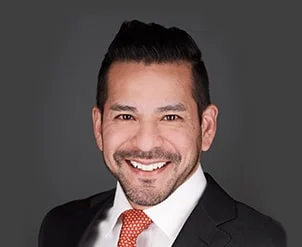Baseball And Bankruptcy

Another baseball season is coming to an end, and may people claim that winning is all in the numbers, from RBI and ERA to OPS and WAR. Other people say that the only number that matters in baseball is three, because when there are less than three outs in an inning, anything is possible, and when the inning is over, nothing is possible.
In bankruptcy, one number that matters is $132,158, which is the amount of consumer debt in the average household. Since most people live hand-to-mouth, at least to some extent, paying monthly bills is often more like a juggling act, and any financial storm, no matter how strong, is often enough to upset the delicate balance.
As a result, there is no shame in declaring bankruptcy; in fact, the only shame is in ignoring financial problems instead of taking control.
Liquidation
When credit cards, medical bills, payday loans, and other unsecured debts get out of control (and as a rule of thumb, “out of control” means more than about $5,000), Chapter 7 puts a debtor back in the driver’s seat. Liquidation is essentially the debtor’s declaration that “I cannot pay my debts, so take all my non-exempt assets to pay my debt.” For all intents and purposes, most people do not have “non-exempt” assets, unless they have yachts and vacation homes. In both Illinois and Indiana, most homesteads are 100 percent exempt, as are motor vehicles, household goods, retirement accounts, and many annuity payments. To be eligible for Chapter 7, the debtor’s household income must be at or below the statewide average for households of that size.
After the debtor completes a one-time debt counselling class, an lawyer files a petition and schedules. About six weeks afterwards, a trustee (person who oversees the bankruptcy on behalf of the judge) reviews the paperwork to make sure everything is in order. About six months thereafter, once the debtor takes a second one-time class, all unsecured debts are discharged, and the debtor has a fresh start.
Repayment
All debtors are eligible for Chapter 13, which is essentially a declaration that “I can pay my debts but I need to be on a payment plan.” The bankruptcy begins much like a Chapter 7, because after the debtor takes a class, an lawyer files a petition and schedules. This time, the paperwork includes a proposed repayment plan; the plan is basically a self-imposed allowance wherein all leftover money, after the bills are paid, goes to repay moneylenders. Depending on their income, debtors have up to five years to come current on home mortgages, car notes, and other secured debts. At the trustee’s meeting, the trustee normally approves this plan. At the end of the repayment period, any remaining unsecured debt (which is normally all of it) is discharged.
All this time, there is an automatic stay in effect which prevents moneylenders from taking any adverse action against debtors without special permission from the bankruptcy judge. So, Chapter 13 filers repay their debts at their own pace with complete peace of mind.
Wait-and-See
Filers have the option to convert a Chapter 13 to a Chapter 7 at any time, provided they pass the means test. This option is very good for people with large amounts of secured debt, because if the debt consolidation payments turn out to be unmanageable, they can convert to Chapter 7, quickly reclaim their fresh starts, and move on with their lives.
Reach Out to Aggressive Lawyers
For prompt assistance with a consumer bankruptcy, contact an experienced bankruptcy lawyer in Chicago from the Bentz Holguin Law Firm, LLC. After hours appointments are available.
Resource:
nerdwallet.com/blog/credit-card-data/average-credit-card-debt-household/


